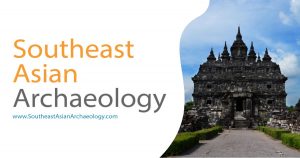via Archaeological Research in Asia, June 2021: Drawing on 15 years of research an Man Bac, this paper analyses evidence for social structuring and identity at Man Bac, an early Neolithic community in northern Vietnam.
This paper explores the evidence for social structuring principles and other aspects of identity at Man Bac, an early Neolithic (2066–1523 cal. BCE) community in northern Vietnam. Drawing on a wealth of work over the past 15 years, we examine identity with respect to three fundamental classes of data: intrinsic biological variables (age-at-death, sex, kin group, biological ancestry), mortuary treatment, and body modification (patterned tooth removal, or ablation). We find that kin groups, biologically and affinally defined, likely played a substantive structuring role at Man Bac. Moreover, a political tension between genetically and phenotypically distinct groups inhabiting Man Bac appears to be visible in the mortuary record. Social organization aside, shells appear to have had a significant role in referencing cosmological and gendered aspects of identity. Nephrite, with regard to some artefact types, would appear to cite magico-religious and/or elite status components of identity. While unique items, such as a ceramic copy of a barrel drum, may have spoken to exchanges of shamanistic beliefs between northern Vietnam and what is now southern China. Identity at Man Bac would appear to have been complex, fluid, negotiable, and ever changing; or just what one might expect.
Source: Identity and community structure in Neolithic man bac, northern Vietnam – ScienceDirect














